History of Mercedes-Benz (last part)
The love of invention never dies.
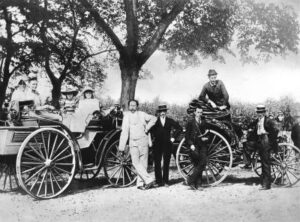


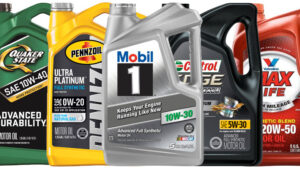
Let's get to know the numbers written on the engine oil canMost people either change their car oil themselves or take their car to a car repair shop or dealership and ask professionals to change the oil. In any case, one of the most important aspects of changing oil is choosing the right oil. Choosing the right oil does not just mean choosing between mixed or conventional oil. In fact, you should also pay attention to the numbers on the engine oil label. You have definitely come across something like "10W-30" or "5W-20" when buying engine oil, but you may never have known about these numbers. Even if the oil was changed by a professional, you will usually be given a sheet that shows when the oil was changed and the numbers of the oils used in your vehicle. Now the question that arises: What do these numbers represent?
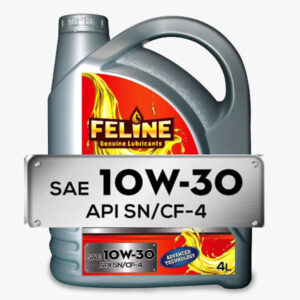
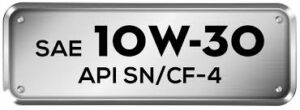
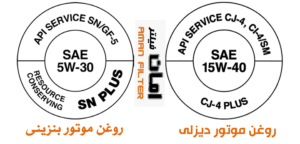

Maybe it has happened to each of us, when checking and visiting the condition of the car engine, you notice that it is swollen above the oil filter or around it. Since no damage other than the deformation of the filter is evident, the blame is often pointed at the filter manufacturers and it is believed that the product has a manufacturing defect. But most of the time it is not. So what is the cause of blowing the car oil filter
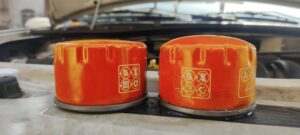
Under normal conditions, oil is introduced by the oil pump throughout the engine in order to lubricate and reduce the friction of the moving parts of the car, as well as to cool the various internal components of the engine.
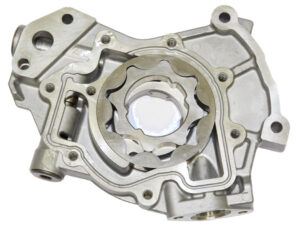
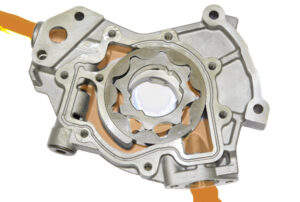
The pressure relief valve is stuck open, allowing oil to return to the sump.
When the valve is stuck in the open position, the vehicle may experience low oil pressure, as oil flow immediately returns to the oil tank. When the valve is stuck in the closed position, the lubrication system can be affected by the maximum flow rate of the oil pump or actually increase the oil pressure.
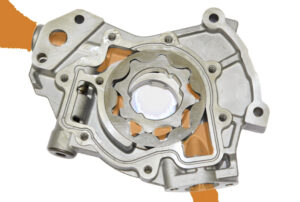
The pressure relief valve is stuck closed and allows the full volume of pump oil to reach the filter.
Since the oil filter is located after the pump, it is often exposed to uncontrolled increases in oil pressure. If this happens, the filters begin to deform or "swell" which, if not corrected, may cause the filter baseplate to bend and allow the washer to shift. A displaced gasket leads to rapid loss of oil, which can lead to the destruction of the car's engine.
A swollen or bloated oil filter is a warning sign that the system's pressure relief valve has failed at some point. In any case, the sticking valve must be repaired to prevent damage to the filter and possibly the car's engine.
